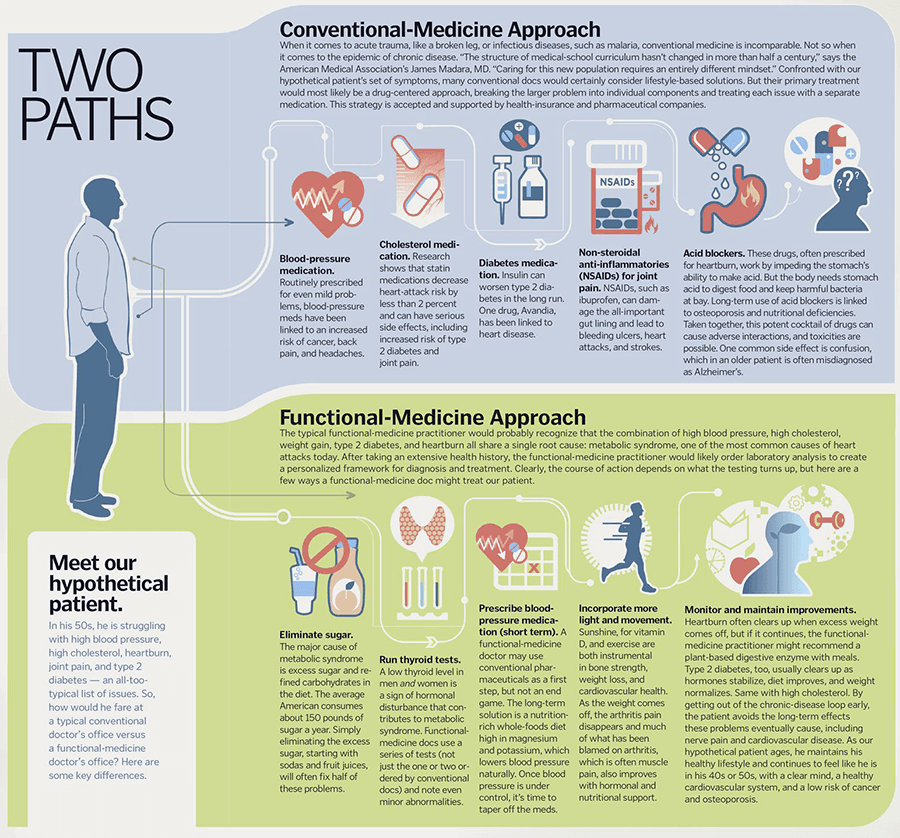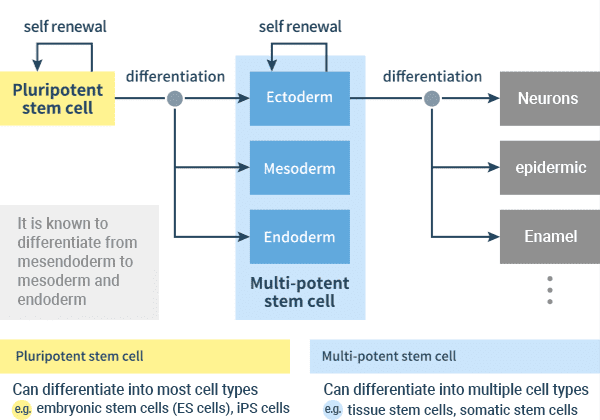Table of Contents

[/image][=video]
[/video]
Many websites utilized for bone marrow harvesting are situated in the hip bones and the breast bone. In recuperation, the benefactor might experience some pain in the locations where the needle was put.

If an autologous transplant is prepared, formerly accumulated stem cells, from either peripheral (apheresis) or harvest, are counted, screened, and prepared to instill. The preparations for a bone marrow transplant differ relying on the sort of transplant, the illness needing transplant, and your resistance for certain medications. Think about the following: A lot of commonly, high dosages of radiation treatment and/or radiation are consisted of in the prep work.
This treatment is often called ablative, or myeloablative, because of the impact on the bone marrow. The bone marrow creates many of the blood cells in our body. Ablative treatment stops this procedure of cell production and the marrow comes to be empty. An empty marrow is needed to make space for the brand-new stem cells to grow and establish a brand-new blood cell production system.
It is not a medical treatment to position the marrow right into the bone, yet resembles obtaining a blood transfusion. The stem cells locate their method into the bone marrow and begin recreating and expanding new, healthy and balanced blood cells. After the transplant, encouraging treatment is offered to stop and treat infections, side effects of therapies, and complications.
Stem Cell Therapy
The days before transplant are counted as minus days. The day of transplant is considered day absolutely no. Engraftment and recuperation following the transplant are counted as plus days. A person may enter the medical facility on day -8 for preparative regimen. The day of transplant is phoned number absolutely no. Days +1, +2, etc, will comply with.
The days are numbered to aid the individual and household comprehend where they remain in regards to threats and discharge planning. During infusion of bone marrow, the patient might experience the following: Discomfort Chills Fever Hives Chest discomfort After infusion, the patient may: Spend a number of weeks in the hospital Be very susceptible to infection Experience extreme blood loss Required blood transfusions Be constrained to a tidy atmosphere Take several anti-biotics and other medicines Be offered medication to stop graft-versus-host diseaseif the transplant was allogeneic.
Platelets are typically the last blood cell to recuperate. Engraftment can be postponed because of infection, medicines, low contributed stem cell count, or graft failing.
Microbial infections are the most common. Viral and fungal infections can be lethal. Any infection can trigger an extensive medical facility keep, protect against or postpone engraftment, and/or reason long-term body organ damage. Anti-biotics, antifungal medicines, and antiviral medications are commonly provided to try to avoid significant infection in the immunosuppressed individual. Thrombocytopenia (low platelets) and anemia (reduced red cell), as a result of a nonfunctioning bone marrow, can be unsafe and even dangerous.
Liquid overload is a difficulty that can lead to pneumonia, liver damage, and high blood stress. The main factor for liquid overload is since the kidneys can not keep up with the large amount of liquid being offered in the kind of intravenous (IV) medications, nourishment, and blood items.
Perimenopause Treatment
Breathing standing is an essential feature that might be compromised throughout transplant. Infection, swelling of the airway, fluid overload, graft-versus-host condition, and bleeding are all prospective deadly issues that might take place in the lungs and lung system. The liver and heart are vital organs that might be damaged during the transplant procedure.
Failing of the graft (transplant) taking hold in the marrow is a prospective problem. Graft failing might happen as a result of infection, reoccurring disease, or if the stem cell matter of the given away marrow was not enough to cause engraftment. Graft-versus-host disease (GVHD) can be a significant and life-threatening issue of a bone marrow transplant.
In contrast to a body organ transplant where the client's immune system will certainly try to deny only the transplanted body organ, in GVHD the brand-new or transplanted body immune system can strike the entire client and all of his/her organs. This is since the brand-new cells do not acknowledge the tissues and organs of the recipient's body as self.

The most usual sites for GVHD are GI tract, liver, skin, and lungs. Prognosis greatly relies on the following: Kind of transplant Kind and extent of the illness being treated Illness action to therapy Genes Your age and general health Your resistance of certain medications, treatments, or therapies Extent of complications As with any type of procedure, in bone marrow transplant the prognosis and lasting survival can vary significantly from one person to another.
Menopause Treatment local to Livonia, Michigan
Continuous follow-up treatment is important for the individual following a bone marrow transplant. New approaches to boost treatment and to decrease issues and adverse effects of a bone marrow transplant are continuously being uncovered.
Regenerative medicine treatments can be separated right into three categories: facilitate healing by infusing or putting online cells into the individual. Examples of cellular treatment consist of PRP and stem cell therapies, which can be used to deal with tendinopathy and other sports injuries.
Outer nerves, for instance, consist of Schwann cells, nerve fibroblasts, and immune cells, each playing a duty in nerve regeneration, as discussed here. Stem cell treatment is one of the most thoroughly investigated and encouraging branches of cell regeneration treatment. Some cells, such as epithelial cells in the skin or the lining of the intestinal system, have a high turnover turn over price can regenerate restore.
Navigation
Latest Posts
Perimenopause Treatment
Regenerative Therapy local to Livonia
Hormone Therapy local to Livonia, Michigan